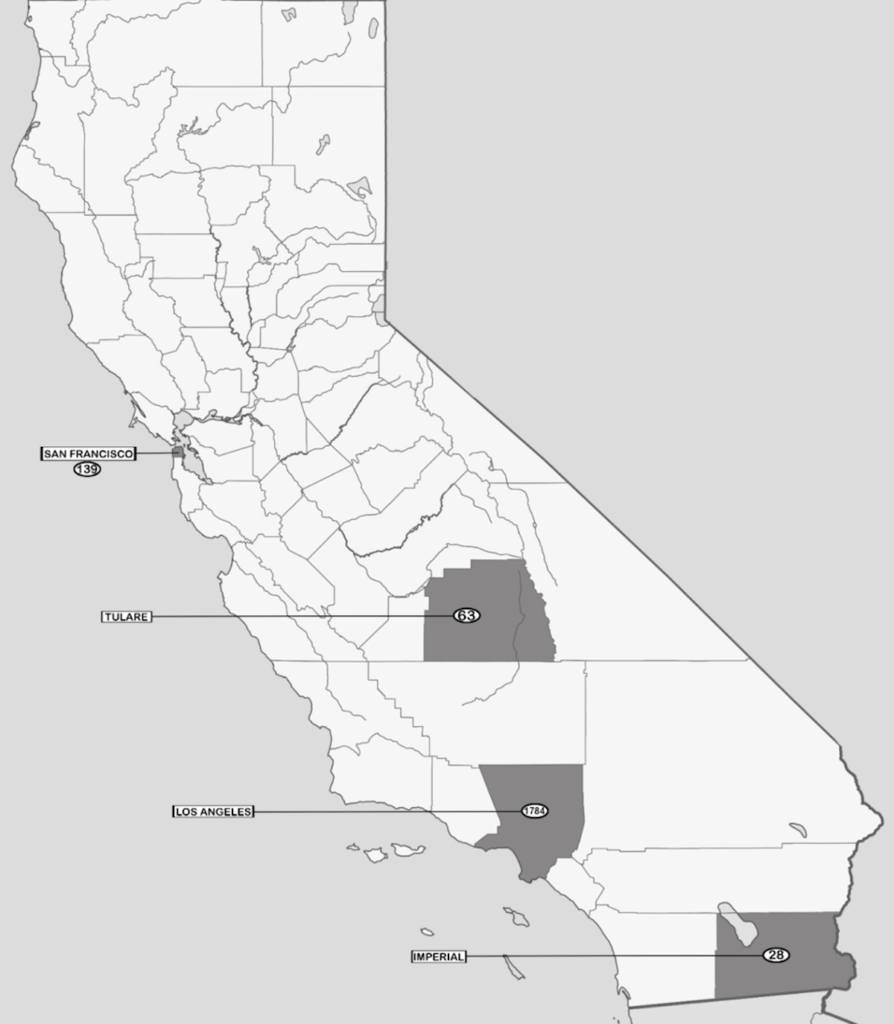During the Covid-19 pandemic, continued access to health care services in vulnerable communities — those with high poverty rates and a high prevalence of Covid-19 — is critical. Community pharmacies, which have remained open as essential services, are a primary source of healthcare in many medically underserved, poor, and rural communities — and many of these communities are particularly vulnerable to the virus and, if infected, to having worse outcomes. The pandemic could thus exacerbate ongoing disparities in access to care.
It may not be well-known that many individuals rely on community pharmacists to provide advice and counseling on a range of acute and chronic conditions, including not only vaccinations but also chronic disease management (e.g., for diabetes, hypertension, cholesterol) and other primary care services (e.g., testing for strep throat and urinary tract infections). Pharmacists are one of the most trusted professions in the US, and, because of the shortage of primary care providers in many areas, the pharmacy is often the most accessible means by which to obtain primary care. Many immigrants, such as those from Latin America, come from communities where pharmacists serve as de facto primary care providers, and therefore turn to community pharmacists in the US for care.
We use unique data from California, one of the hardest-hit states in the pandemic, to assess the role that community pharmacists and pharmacies are playing during the pandemic. Our team examined access to pharmacies for underserved and at-risk areas in California using data from the UCSF Health Atlas on “extremely low-income households” (based on the percentage of households with a median income below 30% of the California median family income) and the number of Covid-19 cases. We merged these data with the number of available pharmacies per county, which includes pharmacies that are open either to the general public or to members of specific health plans — although some independent pharmacies may not be included.

Vulnerable counties and the number of available pharmacies in California
The graphic above shows these counties (shaded), with the number of available pharmacies (circled). These vulnerable counties have large numbers of pharmacies. Adjusted for population size, these counties have similar numbers of pharmacies. The data suggests that pharmacists and pharmacies are readily available to the residents of these counties.
A deep dive into one neighborhood in San Francisco provides an example. The Bayview-Hunter’s Point neighborhood has been identified as one of five Bay Area “extreme poverty” neighborhoods and has the highest Covid-19 case rate in San Francisco; however, this neighborhood of only four-square miles has at least four available pharmacies.
Community pharmacists and pharmacies can facilitate access to primary care during the Covid-19 pandemic, and they could also play a larger role by providing Covid-19 testing and vaccinations when they become available.
We found that community pharmacists and pharmacies are available to help vulnerable communities access care during the Covid-19 pandemic, but the broader question is how they can further provide and facilitate care. At the beginning of the pandemic, community pharmacies acted quickly to offer free delivery of prescriptions and remote consultations, actions which helped to protect vulnerable populations from Covid-19 exposure. Many states have made regulatory and policy changes to better enable community pharmacists to provide care during the pandemic. For example, waivers for therapeutic interchange allow for prompt medication initiation, and refill extensions ensure continuity of care for patients with reduced access to primary care during the pandemic. In addition, by having pharmacists provide Covid-19 testing and also vaccinations when they become available, they can help to increase access. Since Covid-19 testing has been relatively more available in highly resourced areas — in contrast to the “testing deserts” found in rural communities and communities of color — this may be especially helpful to patients in underserved areas with limited access to healthcare services.
Community pharmacists and pharmacies can facilitate access to primary care during the Covid-19 pandemic, and they could also play a larger role by providing Covid-19 testing and vaccinations when they become available. This can help to increase access and reduce disparities in underserved and at-risk areas.
Photo by Adam Nieścioruk on Unsplash


















